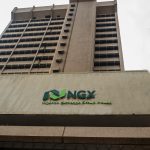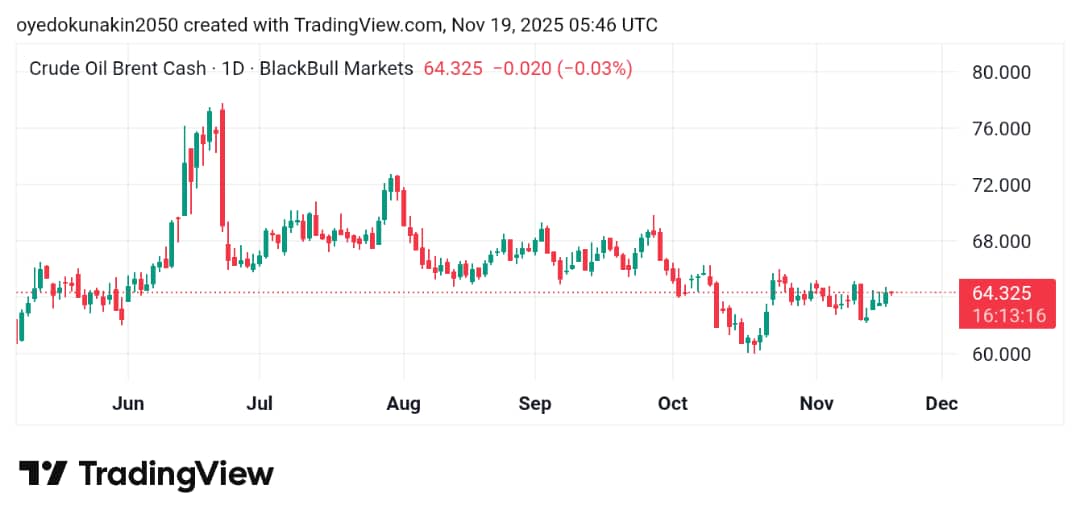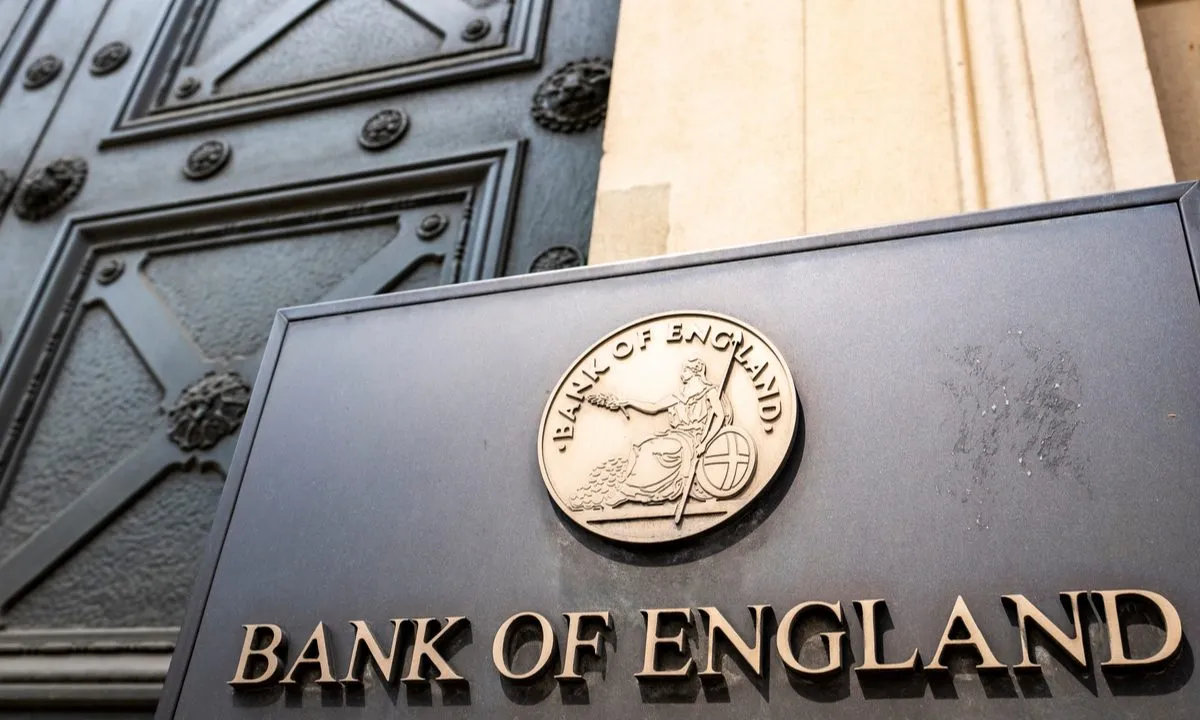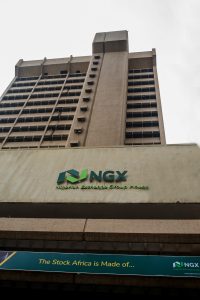
Ahmad Assiri
Markets continued the upbeat tone, extending the rally that has been building for weeks. The main catalyst this time came from the US Japan trade deal, which markets interpreted as more than a bilateral win.
It was seen as a prototype for a wider trade recalibration that could rearrange trade dynamics. US equities pushed to new highs, with the SPX setting a new ATH. Optimism was also felt across Europe and Asia, where the FTSE 100 (intraday ATH) and Nikkei (5.25% up over the past 48 hours, eyeing 42k) posted strong gains.
The structure of the US-Japan deal is what made it resonate. Washington agreed to reduce auto tariffs to 15% from 25%, while Tokyo opened its markets to US agriculture, semiconductors and pharmaceuticals, pledging over $550bn in investment at the “direction” of the POTUS, in addition to buying energy from the US in preferential treatment. Scale and scope of that commitment signal a shift toward economic predictability, which risk assets have been craving – no need to state the obvious of the ridiculous amount of uncertainty Japanese businesses had to cope with since April. While 15% tariff on auto (rice and other goods like agricultural products) may still be high, a clear tariff baseline does magic at this stage, particularly for the auto sector (Toyota +11%, Honda +9%, Nissan +8% since Tuesday).
It also gave traders something valuable in this cycle, policy clarity-ish that can be mapped onto market scenarios – and ideally incorporated in BOJ policymakers’ expectations and outlook in next week’s meeting. Not to set hopes high for monetary clarity but it’ll be much better to redraw inflationary risks and growth prospects charts rather than vague risks coming from tariffs, but ‘unsure how hard it’ll hit’ narrative.
Importantly, this deal does not live in isolation, discussions are now underway with the EU and South Korea, with a potential for mirroring Japan’s deal structured around that same 15% tariff framework – definitely with greater complexity in the EU. These developments are being interpreted as steps toward new trade deals with notably much enhanced tone from the US officials on this front over the past two weeks.
For now, markets are clearly responding to the narrative that trade friction is giving way to negotiated structure which suggests that the rally has more legs. While there are still plenty of moving pieces, particularly with China and the EU in negotiation mode, the market is choosing to price further positivity. This sentiment, at least for now, is proving to be self-reinforcing.
Assiri is a Research Strategist at Pepperstone











